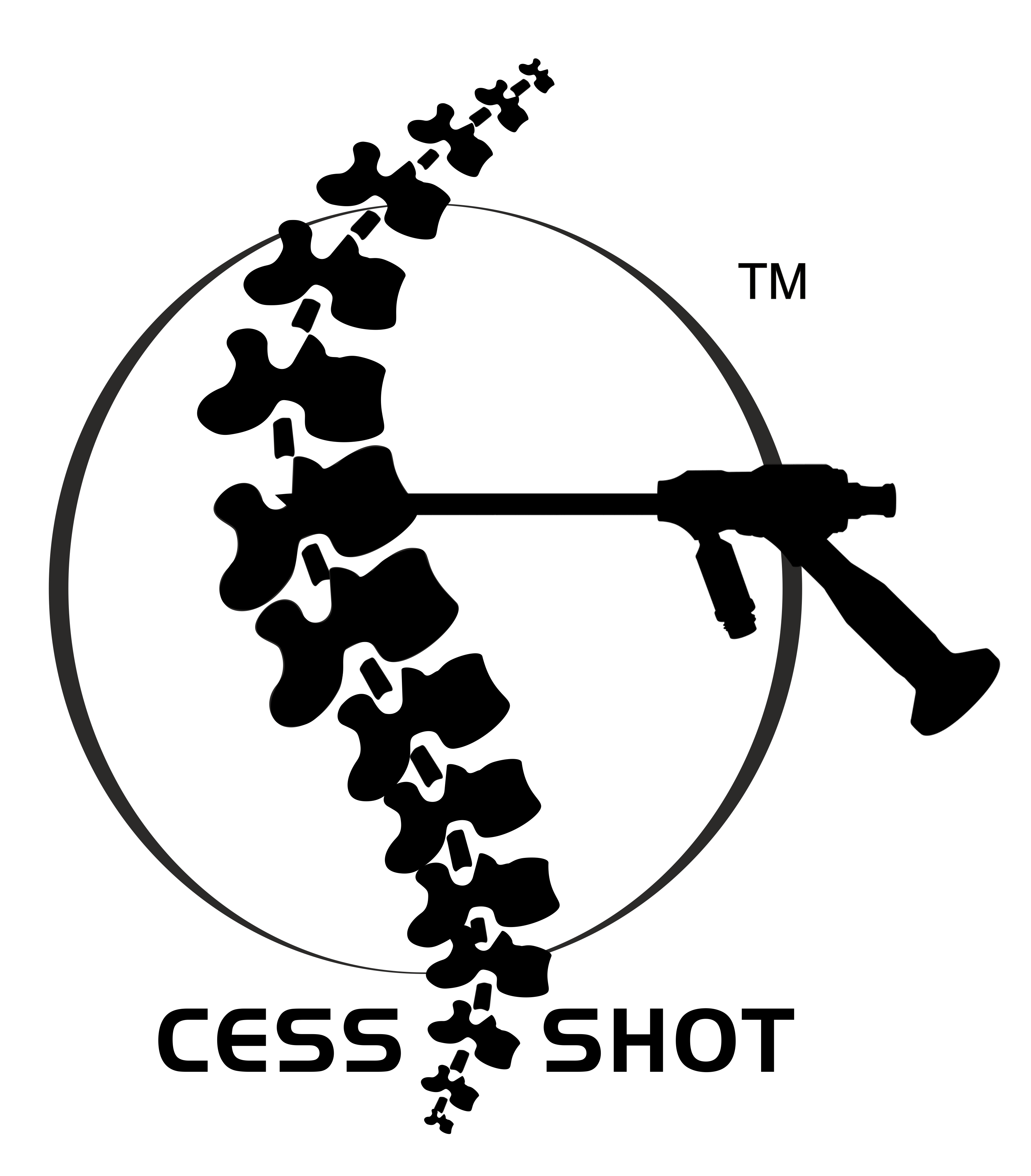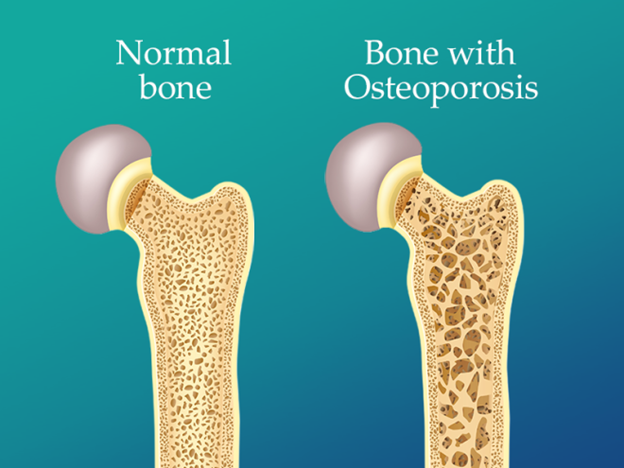Osteoporosis is often called a silent disease. It quietly weakens bones, making them fragile. While it predominantly affects older adults, it’s a concern for all age groups. Our goal in this blog is simple: to elevate your understanding of osteoporosis, correct common misconceptions, and equip you with tips to safeguard your bone health. Let’s dive into what osteoporosis really means and how we can combat its effects.
What is Osteoporosis?
Osteoporosis is a condition where bones become brittle and fragile. This occurs because bones lose minerals like calcium faster than they can be replaced. Imagine your bones like a honeycomb. In osteoporosis, these tiny holes and spaces are larger, weakening the bones. There’s also osteopenia, a precursor to osteoporosis, where bone density is below normal but not as severe.
Bone remodeling is a natural process. New bone cells are made, and old cells are broken down. However, with osteoporosis, this process is skewed. Breakdowns happen faster than rebuilding, leading to density loss, which means weaker bones. Everyone’s bones lose density with age, but osteoporosis makes it happen quicker and more severely.
Who is at Risk?
Certain people are at greater risk for osteoporosis:
- Age and Gender: Women, especially post-menopausal, are more prone to osteoporosis due to estrogen reduction. Starting around age 30, everyone’s bone mass begins to diminish but it accelerates after menopause.
- Ethnicity: Caucasian and Asian individuals are at higher odds compared to others.
- Genetics: If osteoporosis is part of your family’s history, your risk increases.
- Lifestyle Factors: Poor diet lacking in calcium and vitamin D, sedentary lifestyle, excessive alcohol consumption, and smoking can heighten risk.
- Medical Conditions: Conditions like rheumatoid arthritis or chronic kidney disease, and medications like steroids, can further elevate risks.
Being aware of these factors can inform smart lifestyle choices that promote bone strength.
How Osteoporosis Affects Daily Life and Body
The tricky part about osteoporosis is its stealth. Often, people don’t know they have it until a fracture happens. Wrist, hip, and spine are common sites. Such fractures can really limit your mobility and independence.
The complications can lead to:
- Reduced Mobility: Broken bones mean movement challenges, making everyday tasks like walking, dressing, or even cooking harder.
- Independence Loss: Fractures can mean relying on others for help, leading to feelings of frustration or loss of self-sufficiency.
- Mental Health Impact: Long-term mobility problems can lead to emotional stress and depression.
- Spinal Issues: Some people with osteoporosis develop spinal compressions, which can lead to a stooped posture. This compression can also cause persistent back pain.
Being mindful of these potential impacts encourages proactive care and steps to maintain mobility and emotional wellbeing.
Detecting Osteoporosis: When and How to Seek Help
Early detection is key. Signs might include getting shorter or sudden unexplained back pain. If any of these arise, it’s wise to talk to your doctor. They might recommend a bone density test, called a DXA scan, which measures bone strength and can confirm osteoporosis.
Monitoring your bone health with regular checks, especially if you’re over 50 or have other risk factors, is really important in managing and mitigating the effects of osteoporosis early.
Prevention and Management: Your Role in Maintaining Bone Health
Taking steps to prevent osteoporosis is vital. Here’s how you can boost bone health:
- Diet: Why not add more calcium-rich foods like milk, cheese, and leafy greens to your meals? And don’t skip out on vitamin D which helps absorb calcium.
- Exercise: Engage in weight-bearing exercises like walking, jogging, or hiking. They strengthen muscles and bones.
- Medication: While lifestyle changes are the first line of defense, some may need medications that help with increasing bone density. Always consult your physician.
- Lifestyle Changes: Stopping smoking and moderating alcohol use have emerging evidence showing favorable impacts on bone health.
Preventing osteoporosis isn’t just about avoiding complications but leading a vibrant, active, and independent life.
Emotional and Psychological Dimensions of Osteoporosis
Being diagnosed with osteoporosis can stir emotions like anxiety or sadness, especially with lifestyle changes.
Yet, it’s crucial to recognize these feelings and reach out for support. Community groups and mental health services are great resources. They connect you with others experiencing the same journey, offering valuable emotional backing and coping strategies.
Conclusion: Take Charge of Your Bone Health
Recognizing and managing osteoporosis early can reshape how you live. By discussing your risks and options with healthcare providers, you can maintain not just your bone health but your quality of life and independence. Empower yourself with knowledge and take steps today. Your bones will thank you for it.


